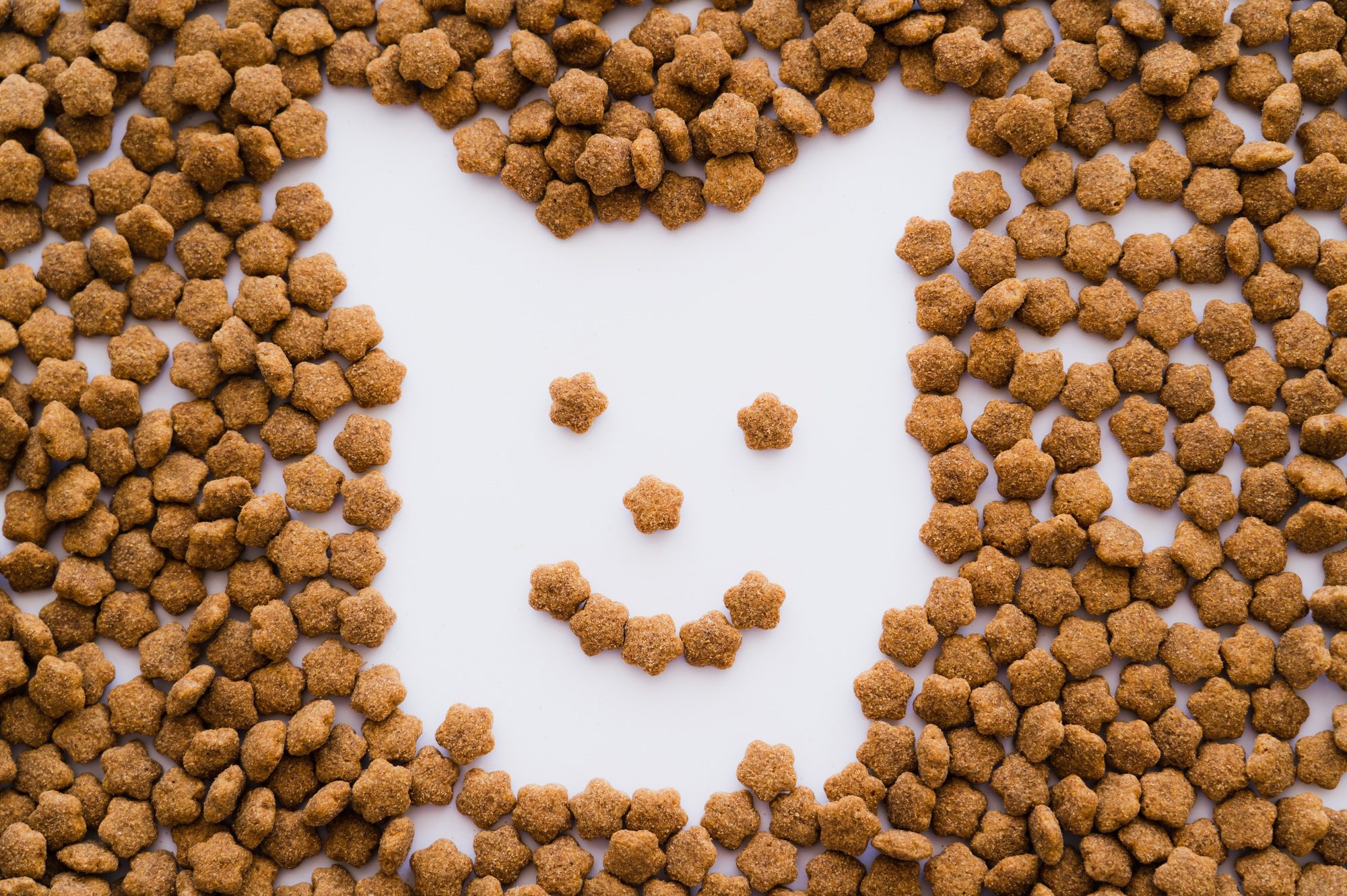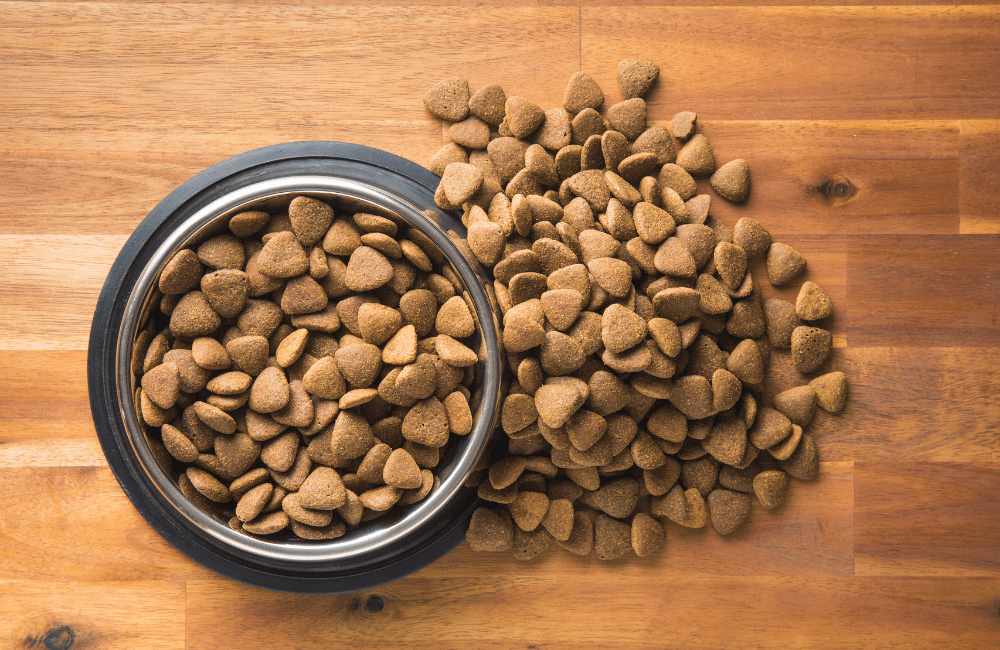Unleashing the Secrets of Dog Food Flavor Enhancers
Introduction
We all know that dogs are a man’s best friend. They greet us with wagging tails and slobbery kisses, making our lives infinitely better. Part of being a responsible pet owner is ensuring that our furry friends are not only well-fed but also delighted by their meals. This is where the concept of dog food flavor enhancers comes into play.
In this comprehensive guide, we will dive deep into the world of dog food flavor enhancers. We’ll explore what they are, why they matter, and how they can transform your dog’s dining experience. So, sit back, relax, and get ready to unleash the secrets of enhancing your pup’s mealtime joy.
Chapter 1: What Are Dog Food Flavor Enhancers?
Dog food flavor enhancers are additives designed to make your dog’s food taste better. They come in various forms, including powders, liquids, and even some specialized dog treats. These enhancers are created to appeal to your dog’s senses, primarily their sense of taste and smell.
Common ingredients in dog food flavor enhancers include:
Natural Flavors: Extracts and concentrates from natural ingredients like meat, poultry, and vegetables.
Artificial Flavors: Man-made compounds that mimic natural flavors.
Aromatics: Substances that release pleasant odors, enticing your dog to eat.
Nutritional Supplements: Ingredients that not only enhance flavor but also provide additional health benefits.
Chapter 2: Why Do Flavor Enhancers Matter for Dogs?
Appetite Stimulation: Dogs, like humans, can sometimes get bored with their regular meals. Flavor enhancers can reignite their interest in food, especially if they have a picky eater’s tendencies.
Health and Nutrition: Some flavor enhancers are packed with essential nutrients, ensuring that your dog gets a balanced diet while enjoying their meals.
Medical Reasons: For dogs with medical conditions that affect their appetite, such as cancer or dental problems, flavor enhancers can be a crucial tool in maintaining their nutritional needs.
Chapter 3: Types of Dog Food Flavor Enhancers
There is a wide range of flavor enhancers available for your dog’s meals. Here are some popular options:
Powdered Enhancers: These can be sprinkled over your dog’s kibble or mixed into wet food. They come in various flavors, from chicken to beef, catering to your dog’s preferences.
Liquid Enhancers: These are often added to water or used as a food topper. Liquid enhancers can provide both flavor and hydration.
Treat-Based Enhancers: These are treats designed to enhance your dog’s meals. They can be used as rewards or mixed into their food.
Natural Enhancers: Ingredients like bone broth, yogurt, or pureed fruits and vegetables can be added to your dog’s food to enhance flavor naturally.
Chapter 4: How to Choose the Right Flavor Enhancer for Your Dog
Selecting the right flavor enhancer for your dog involves considering a few important factors:
Dietary Restrictions: Ensure the enhancer aligns with your dog’s dietary needs and restrictions.
Taste Preferences: Observe your dog’s favorite flavors and choose enhancers that match their preferences.
Ingredients: Look for enhancers with high-quality, natural ingredients and avoid those with excessive additives or artificial preservatives.
Health Benefits: Consider whether the enhancer offers any additional health benefits, such as joint support or improved digestion.
Chapter 5: Dos and Don’ts of Using Flavor Enhancers
To make the most of dog food flavor enhancers, here are some tips:
Dos:
Start Slowly: Introduce the enhancer gradually to avoid upsetting your dog’s stomach.
Observe Your Dog: Pay attention to any changes in your dog’s behavior, appetite, or digestion after introducing an enhancer.
Consult Your Veterinarian: If your dog has specific dietary needs or health concerns, consult your vet before adding any enhancers to their diet.
Don’ts:
Overuse: Avoid overusing flavor enhancers, as this can lead to a dependence on them and might not be nutritionally balanced.
Compensate for Poor Quality Food: Flavor enhancers should complement a nutritious diet, not mask the deficiencies of low-quality dog food.
Chapter 6: Homemade Flavor Enhancer Recipes
For those who prefer a DIY approach, here are a couple of simple homemade dog food flavor enhancer recipes:
Chicken Broth Enhancer:
Ingredients: Chicken broth (homemade or low-sodium store-bought)
Instructions: Mix a small amount of chicken broth into your dog’s food. Ensure it’s not too hot.
Peanut Butter and Banana Mixer:
Ingredients: Mashed banana, natural peanut butter
Instructions: Mix a spoonful of mashed banana with a teaspoon of peanut butter and stir it into your dog’s kibble.
Conclusion
Incorporating dog food flavor enhancers into your pup’s diet can be a game-changer in enhancing their mealtime joy. By understanding what these enhancers are, their benefits, and how to choose and use them wisely, you can ensure that your furry friend not only eats well but also savors every bite. Remember, a happy and satisfied pup is a healthier and more contented one. So, go ahead, experiment with some flavor enhancers, and watch your dog’s tail wag with delight at every meal.













